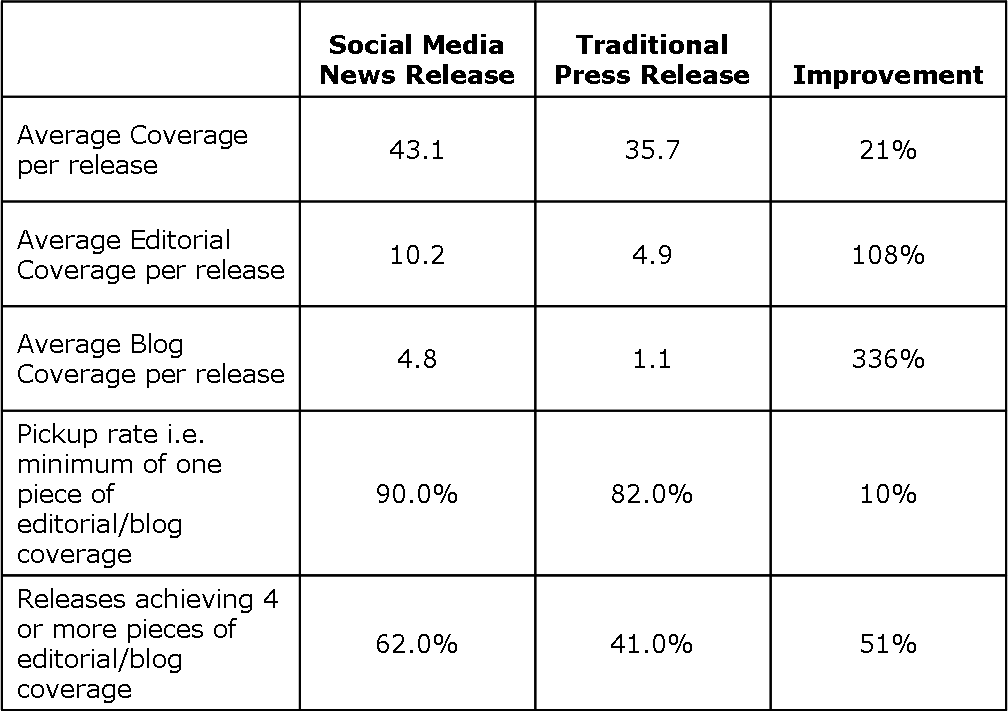Interbrand published their list of the top 100 global brands for 2009 last week, Coca Cola maintaining its position at the top for the ninth year in a row. I thought it would be interesting to compare the brand values calculated by Interbrand with the equity values of the companies concerned as it would indicate those companies with the most to lose (and gain) through their PR and reputation management.
The results for some companies are surprising including the banks, JP Morgan and HBSC, and in particular Apple, who it seems is not very reliant on its brand with only 9% of its company valuation represented by its brand value.
Interbrand’s methodology effectively values the extent to which a brand is able to generate financial benefits due to the superior demand created through the strength of the brand itself and not the underlying assets, expertise etc of the company.
Comparing this brand value with the company’s stock market value effectively gives an assessment of the extent to which the brand itself is the driver of the company’s performance.
The table below shows the top 50 brands in the Interbrand list sorted in descending order by those whose brands represent the highest proportion of their company valuation. (The position figure is their position in the Interbrand list).
Top of this list is the French company PPR who own the Gucci Group and Puma amongst others. These two brands alone are valued by Interbrand at $11.4bn compared to a stock market value today for PPR of $16.1bn (£11bn) i.e. 71% of the company valuation is accounted for by the brand value of these two brands. Another luxury brand that appears high in the list, with 53% of its value accounted for by its two biggest brands, is Louis Vuitton Moet Hennessy. This doesn’t seem surprising given the importance of brand in establishing luxury items’ worth.
Bottom of the list are the banks JP Morgan and HBSC. Only 5% of their company valuations is accounted for by their brand values. However this is not a credit crunch effect as this figure has not changed much over the last two years. This seems a little strange to me on the face of it as it implies that the banking sector is much more of a commodity market despite the importance of trust and confidence in this sector.
But more surprising still is Apple. According to Interbrand only 9% ($15.4bn) of the company’s value ($165.7bn) is accounted for by its brand. This compares to 25% for Microsoft and 42% for Sony. This implies that Apple’s brand is not considered an important driver of value in the company and yet I would suspect that most communications and marketing people would perceive that the opposite was the case.
I wonder if the majority of the reason why Apple is valued at 32 times its earnings (as of 21/9/09) driven by high expectations of its ability to innovate and design new products now and into the future and not the Apple brand itself?
Anyone else have any theories?
| Position in Survey | Company | Ticker |
Brand value |
Equity value $bn |
Brand value as % of equity value |
| 41 | Gucci/Puma (PPR) | PP:PAR | 11.4 | 16.1 | 71% |
| 15 | BMW | BMWX:GER | 21.7 | 32.3 | 67% |
| 5 | Nokia | NOK | 34.9 | 57.8 | 60% |
| 48 | Heinz | HNZ | 7.2 | 12.5 | 58% |
| 34 | Kelloggs | K | 10.4 | 18.7 | 56% |
| 1 | Coca Cola | KO | 68.7 | 124.6 | 55% |
| 10 | Disney | DIS | 28.5 | 52.9 | 54% |
| 16 | Louis Vuitton/Moet (LVMH) | MC:PAR | 24.9 | 47.3 | 53% |
| 6 | McDonalds | MCD | 32.3 | 62.2 | 52% |
| 12 | Mercedes Benz (Daimler AG) | DAI | 23.9 | 49.9 | 48% |
| 26 | Nike | NKE | 13.2 | 28.5 | 46% |
| 29 | Sony | SNE | 12.0 | 28.4 | 42% |
| 2 | IBM | IBM | 60.2 | 160.1 | 38% |
| 22 | American Express | AXP | 15.0 | 41.3 | 36% |
| 42 | Phillips | PHG | 8.1 | 23.4 | 35% |
| 35 | Dell | DELL | 10.3 | 32.6 | 32% |
| 21 | H&M | HMB:STO | 15.4 | 49.2 | 31% |
| 49 | Ford | F | 7.0 | 22.4 | 31% |
| 45 | Accenture | ACN:NYQ | 7.7 | 25.6 | 30% |
| 18 | Honda | HMC | 16.8 | 55.9 | 30% |
| 40 | Thomson Reuters | TRI | 8.4 | 28.3 | 30% |
| 9 | Intel | INTC | 30.6 | 109.5 | 28% |
| 4 | General Electric | GE | 47.8 | 175.3 | 27% |
| 39 | Nintendo | 7974:TYO | 9.2 | 33.9 | 27% |
| 3 | Microsoft | MSFT | 56.6 | 225.1 | 25% |
| 8 | Toyota | TM | 31.3 | 130.5 | 24% |
| 46 | Ebay | EBAY | 7.4 | 31.4 | 24% |
| 11 | HP | HPQ | 24.1 | 109.4 | 22% |
| 36 | Citibank | C | 10.3 | 48.3 | 21% |
| 33 | Canon | CAJ | 10.4 | 49.3 | 21% |
| 19 | Samsung | A005930:KSC | 17.5 | 85.1 | 21% |
| 7 | GOOG | 32.0 | 155.6 | 21% | |
| 27 | SAP | SAPX | 12.1 | 59.3 | 20% |
| 17 | Marlboro (Philip Morris) | PM | 19.0 | 93.2 | 20% |
| 43 | Amazon | AMZN | 7.9 | 39.0 | 20% |
| 31 | UPS | UPS | 11.6 | 58.4 | 20% |
| 50 | Zara (Inditex) | ITX:MCE | 6.8 | 36.5 | 19% |
| 14 | Cisco | CSCO | 22.0 | 135.5 | 16% |
| 30 | Budweiser (AB InBev) | AHBIF | 11.8 | 73.9 | 16% |
| 13 | Gillette/Duracell (Procter and Gamble) | PG | 26.4 | 167.3 | 16% |
| 23 | Pepsi | PEP | 13.7 | 93.3 | 15% |
| 44 | Loreal | OR:PAR | 7.7 | 57.2 | 13% |
| 24 | Oracle | ORCL | 13.7 | 108.4 | 13% |
| 38 | Goldman Sachs | GS | 9.3 | 93.7 | 10% |
| 20 | Apple | AAPL | 15.4 | 165.7 | 9% |
| 47 | Siemens | SI | 7.3 | 84.4 | 9% |
| 25 | Nescafe (Nestle) | NESN:VTX | 13.3 | 154.2 | 9% |
| 37 | JP Morgan | JPM | 9.6 | 176.8 | 5% |
| 32 | HSBC | HCS | 10.5 | 204.8 | 5% |
| 28 | IKEA | 12.0 | |||
| Total | 945.3 | 3925.0 | 24% |




